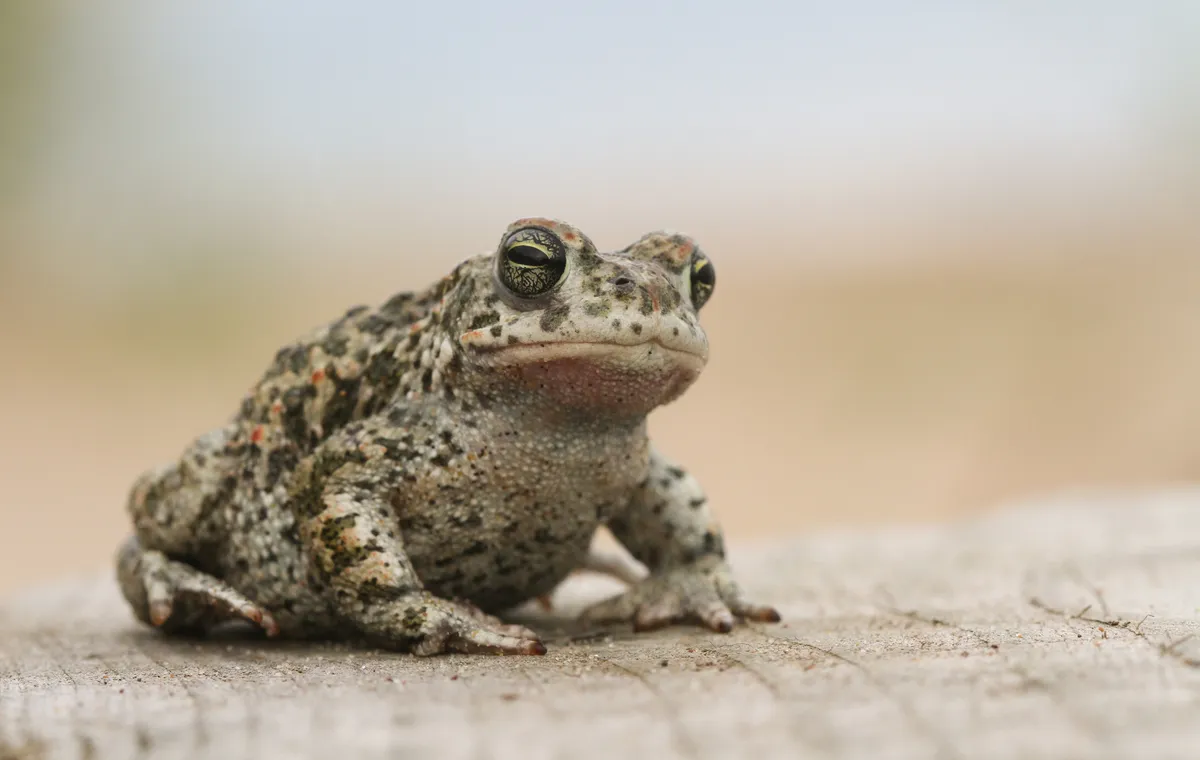Since 1900, sand dune habitats have declined by a third, and by nearly two-thirds in Wales, putting endangered species — such as the natterjack toad, dune gentian, and sand lizard — at risk.
The project — led by Natural England in partnership with National Trust, Plantlife, The Wildlife Trusts, and Natural Resources Wales — pioneers a new approach to dune management.
Dubbed ‘Dynamic Dunescapes’, the goal is to reverse a decades-old approach to dune management by getting the dunes moving again.
As dunes are naturally mobile, they need to be able to shift and change in order to be effective ecosystems. Previously, management methods meant that public access was restricted, and invasive species were left to grow, stifling the dunes’ movement and causing many to become static and unable to support the wildlife that relies upon them.

New management techniques will include natural rabbit grazing and removal of invasive plant species. It will also improve public access to dunes, which has previously been restricted.
Marian Spain, interim chief executive of Natural England explains: “People can now enjoy a habitat they have long been encouraged to keep off. We know now that walking and playing on dunes can help create bare sand and crevices for the special wildlife that lives here to colonise. That’s why we’ll be inviting more people to become citizen scientists and discover the fantastic heritage at the top of the beach.”
The project will conserve around 35 per cent of sand dunes in England and Wales (almost 7,000 hectares), working with citizen scientists, landowners, and communities to help bring life back to the country’s dunes.
Main photo © R A Kearton/Getty.